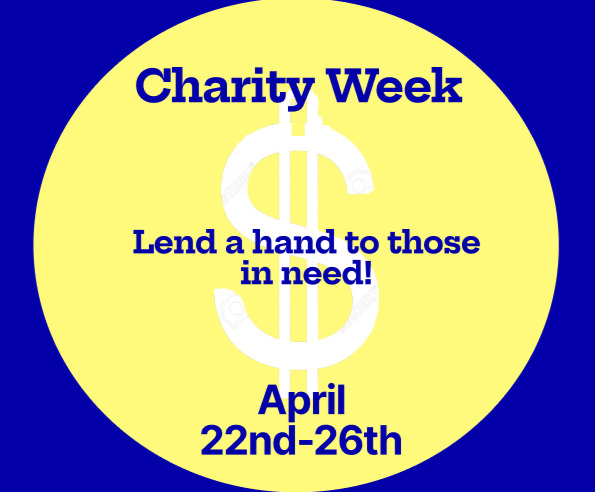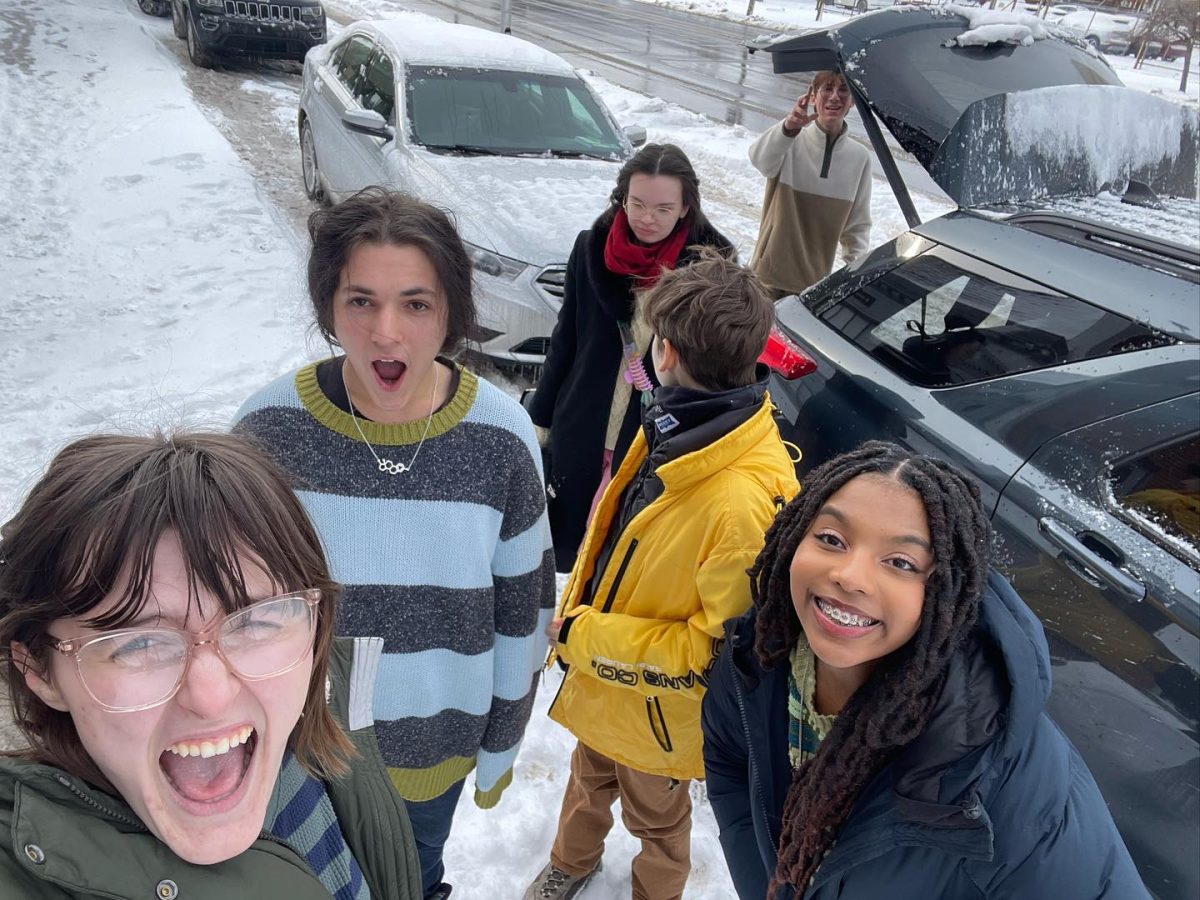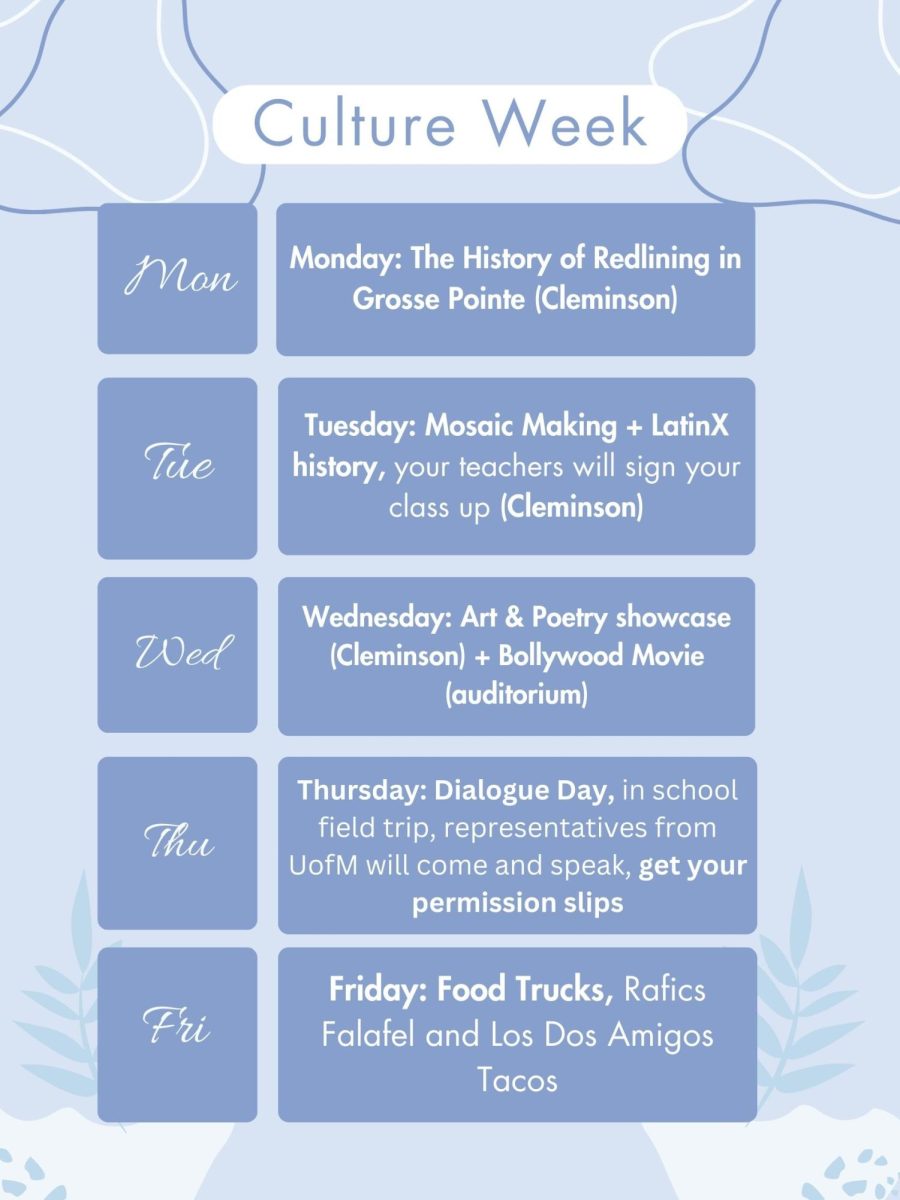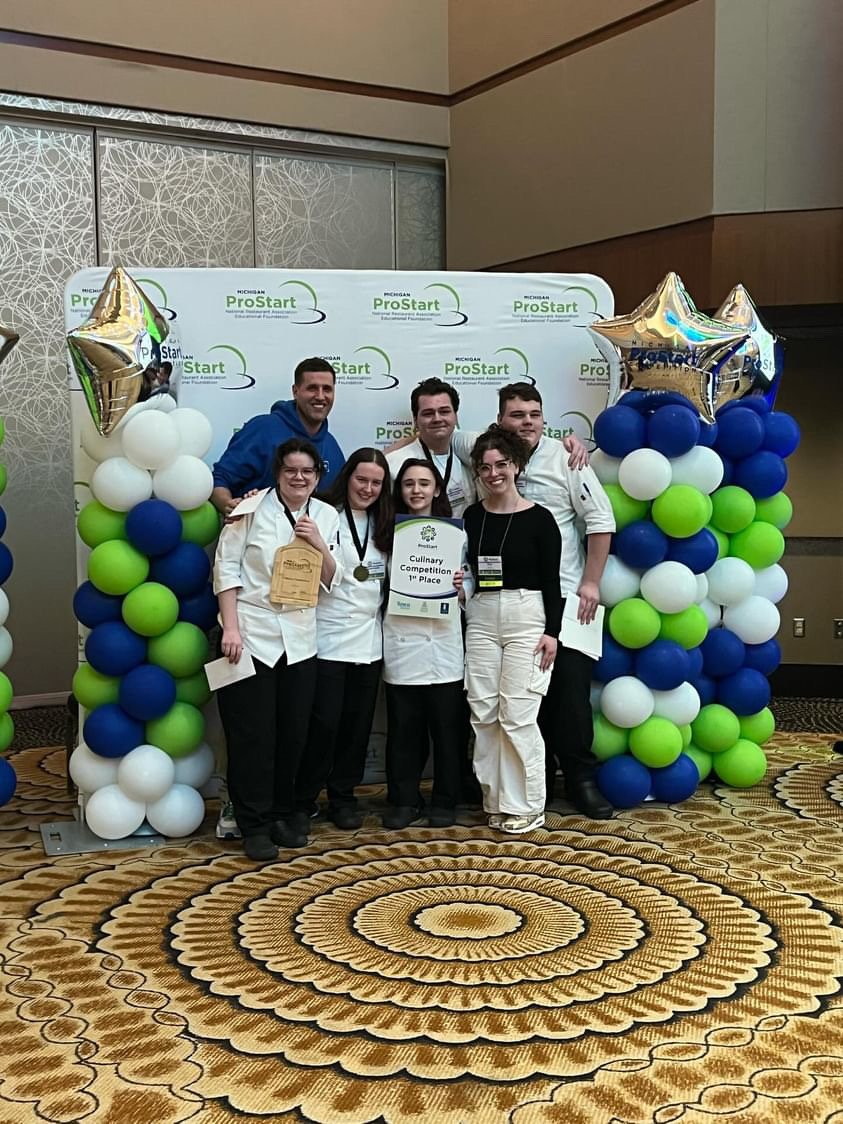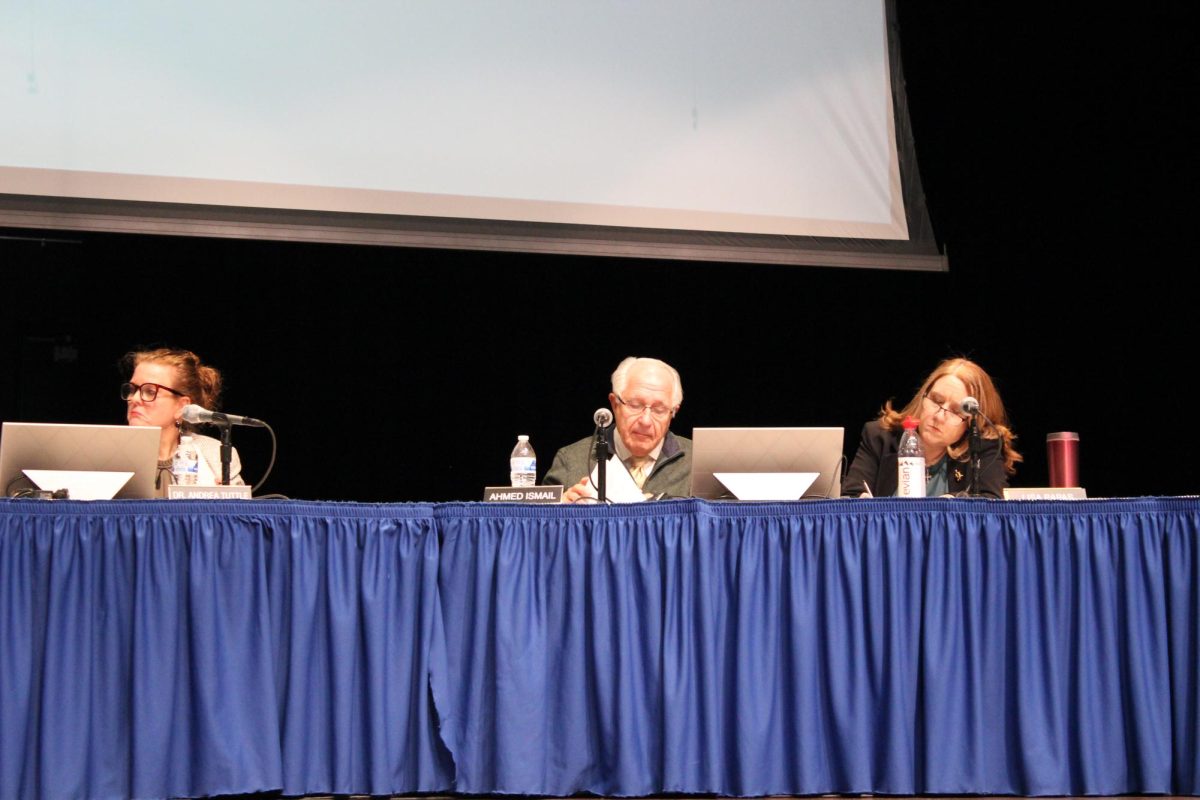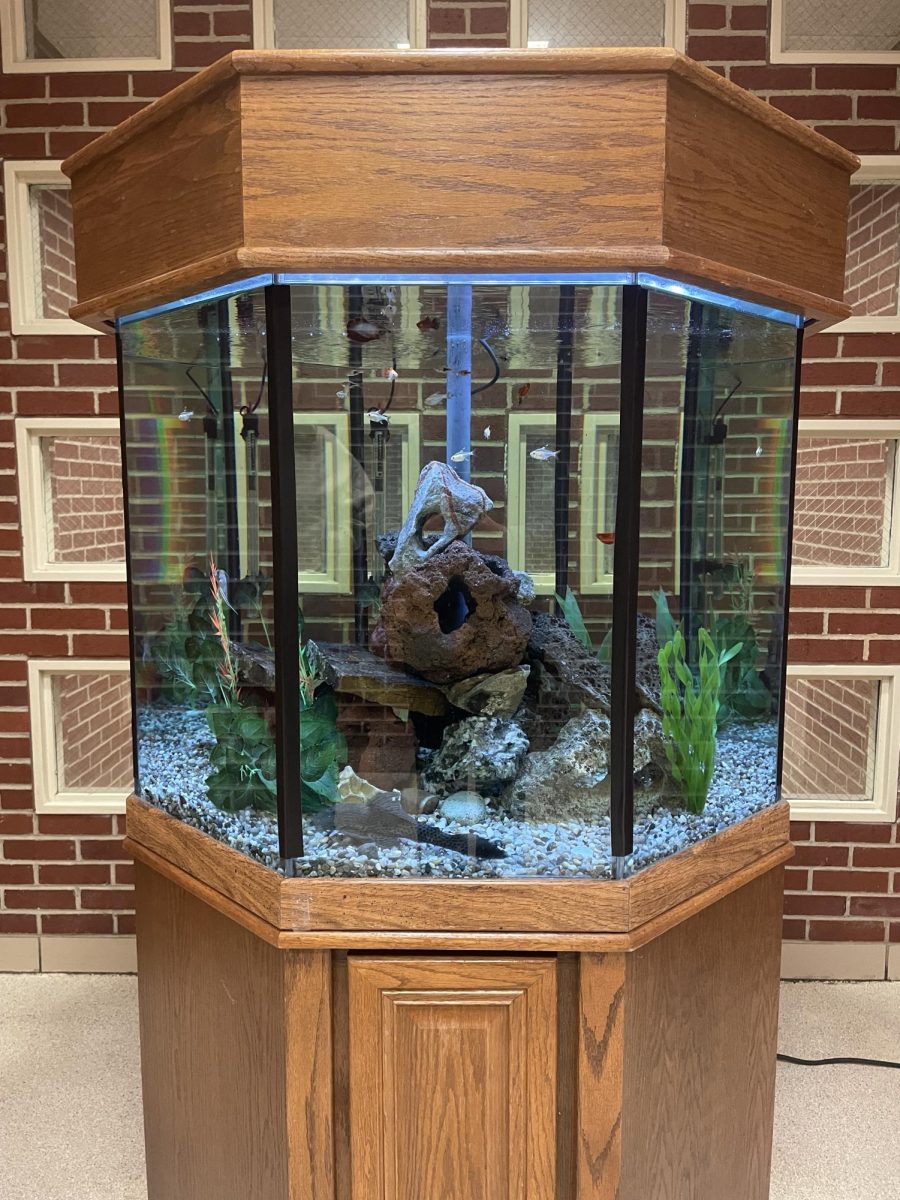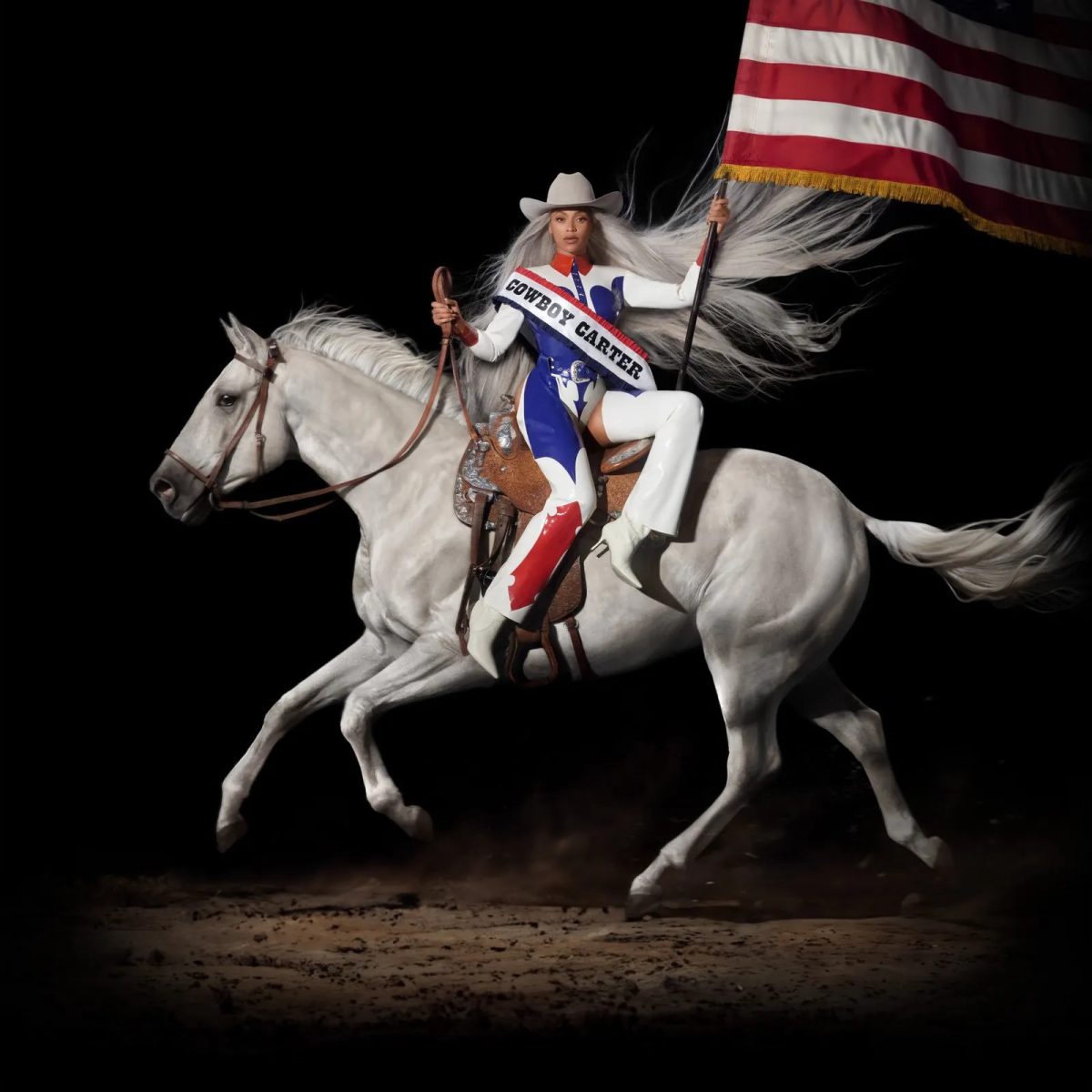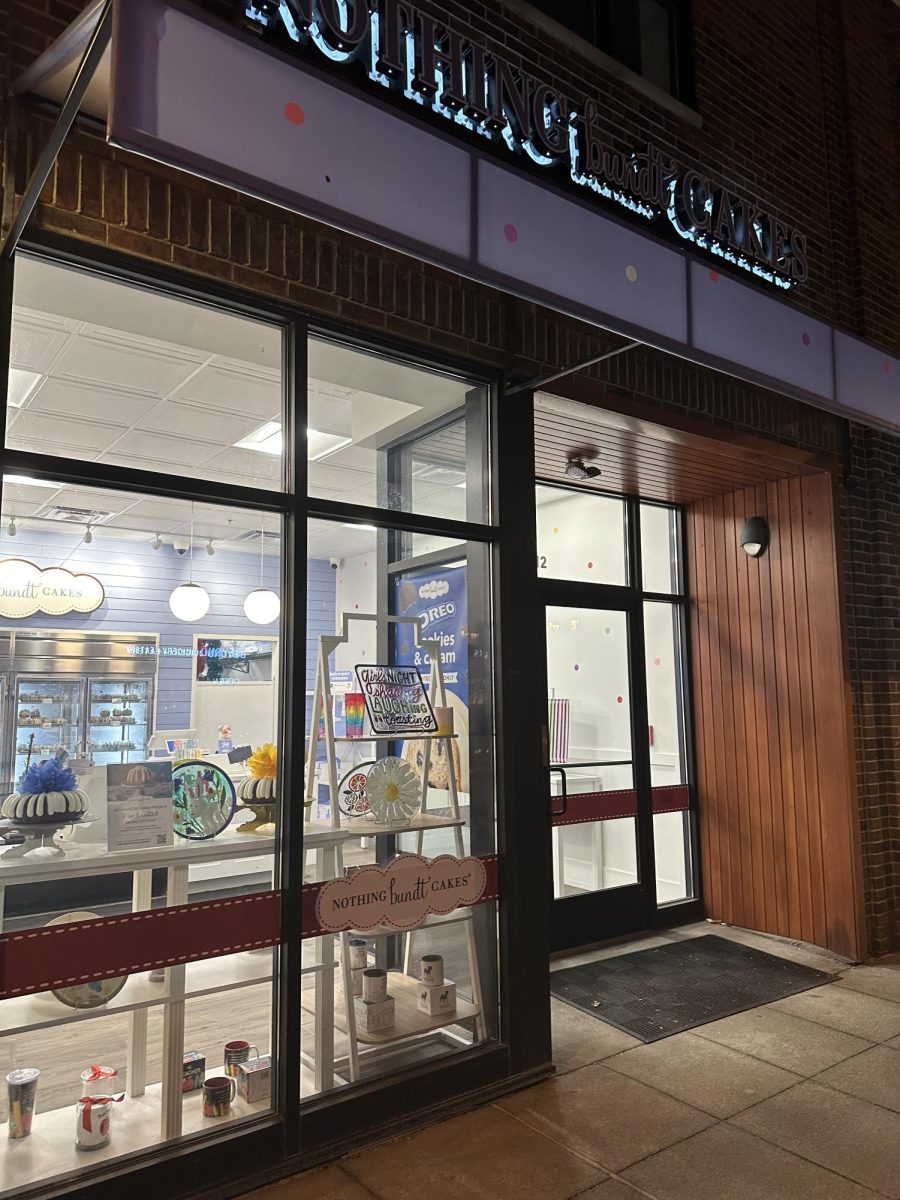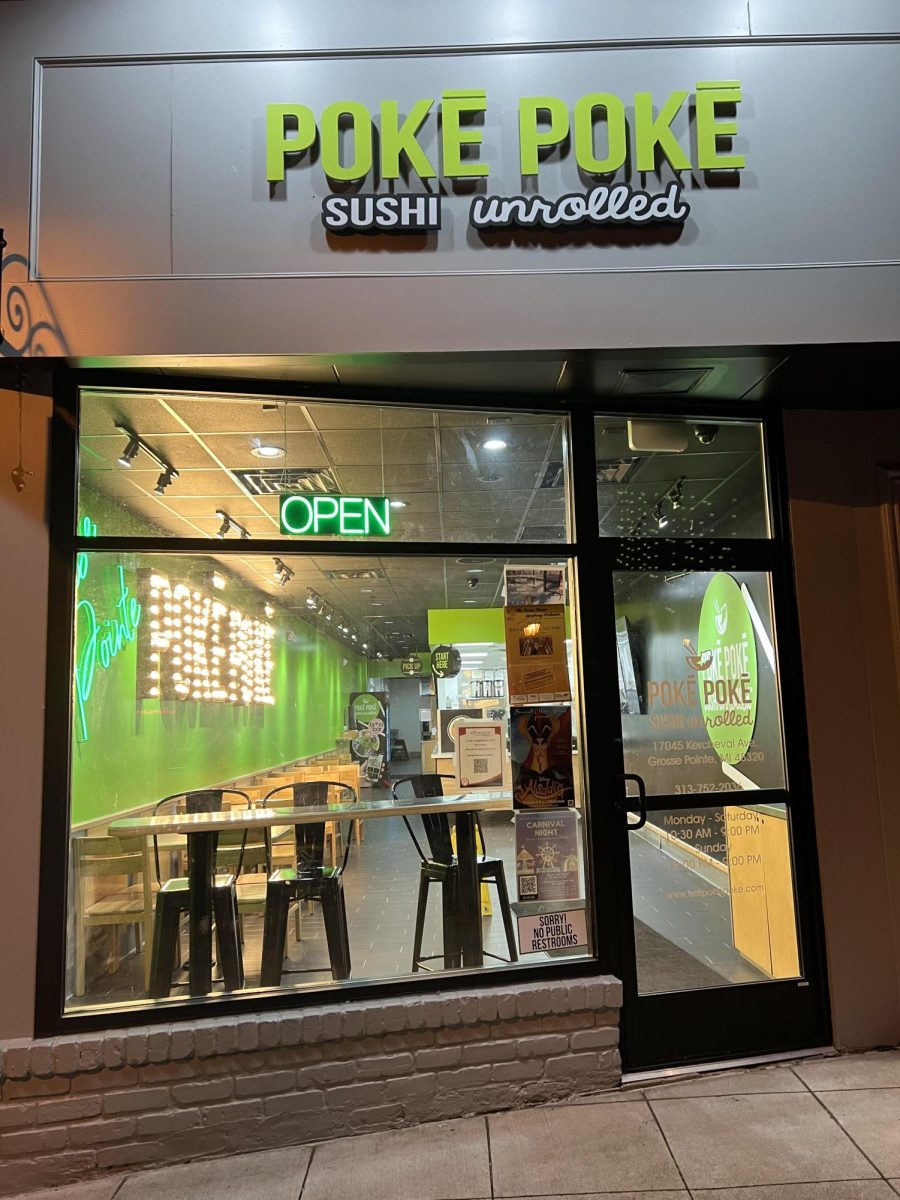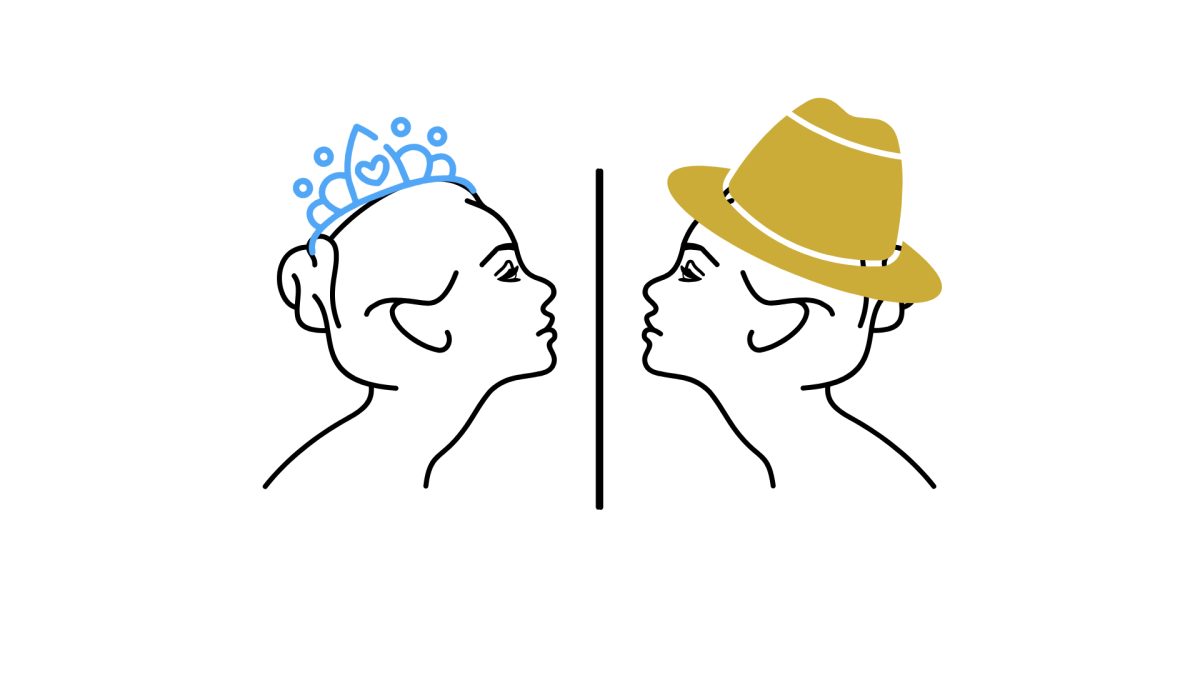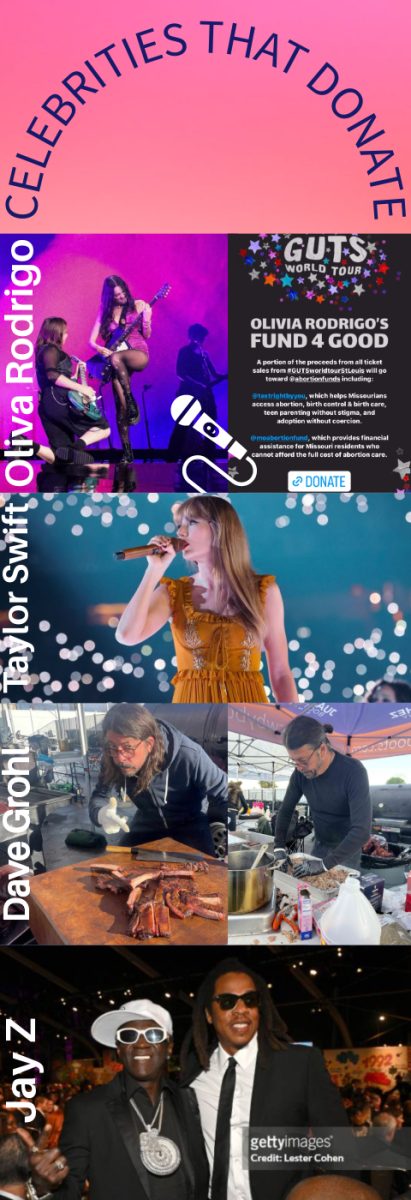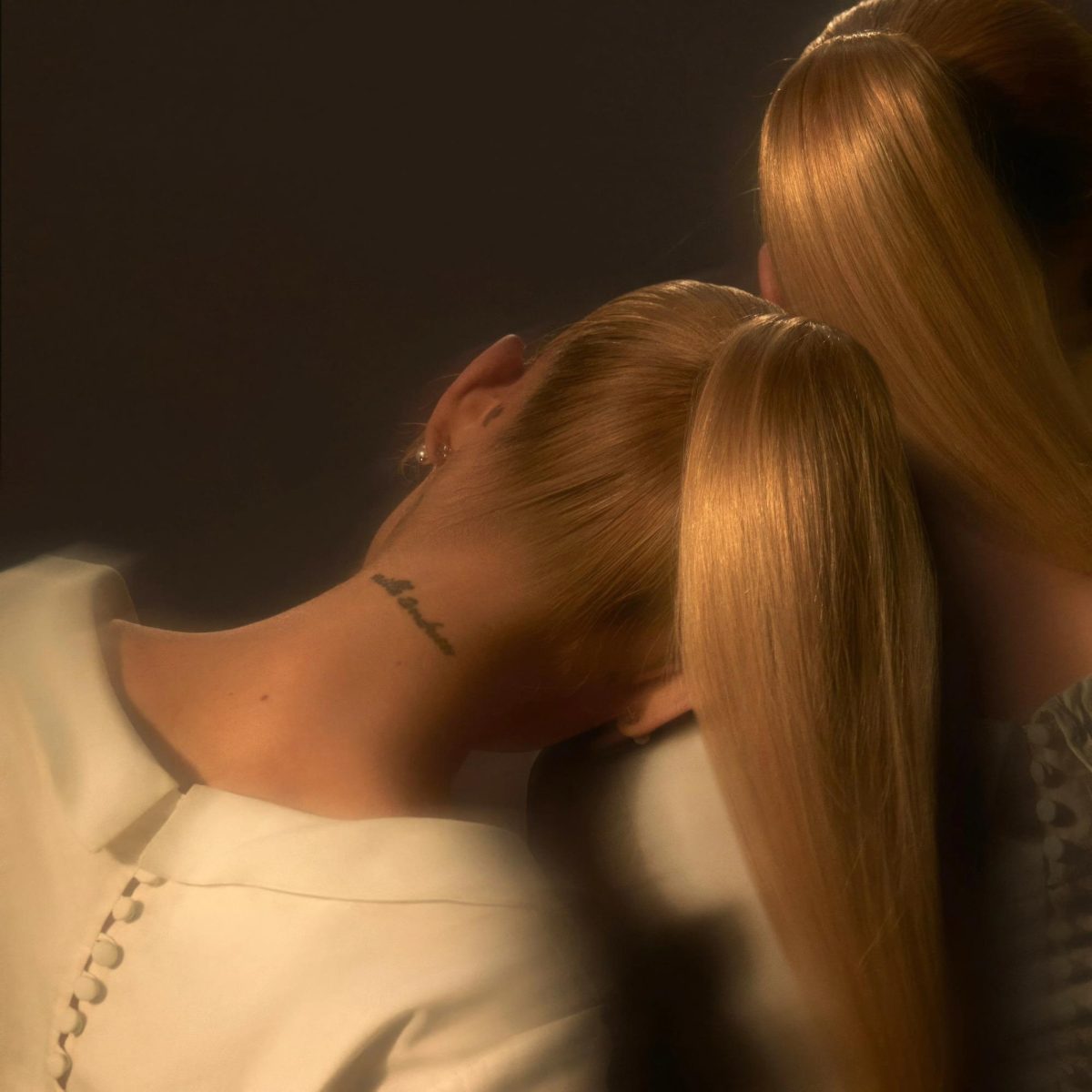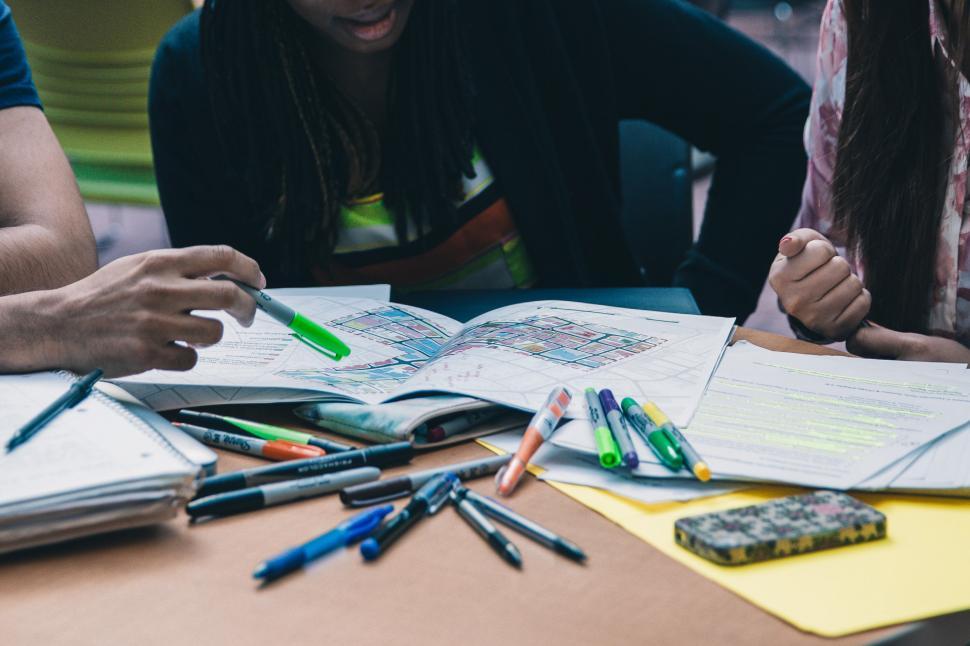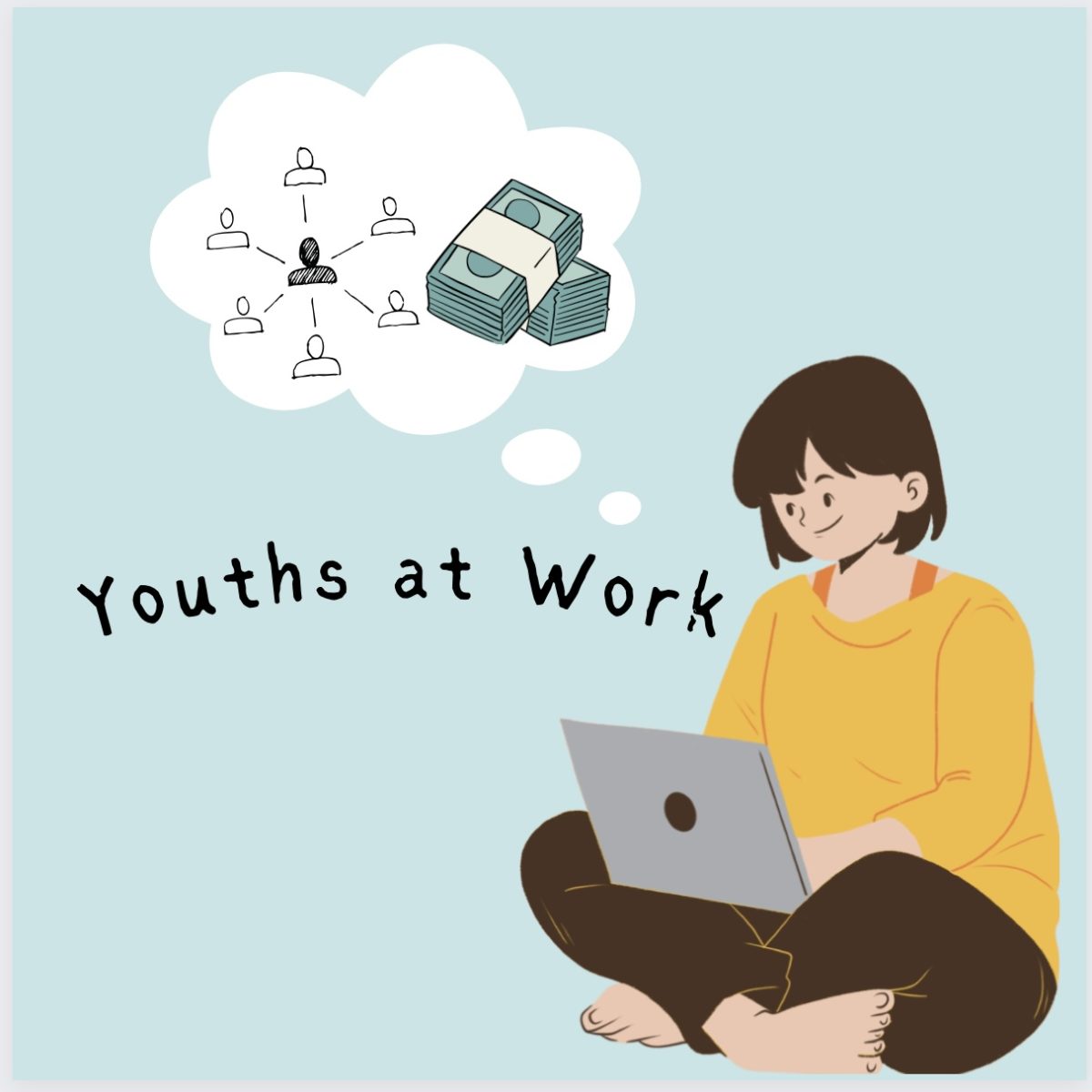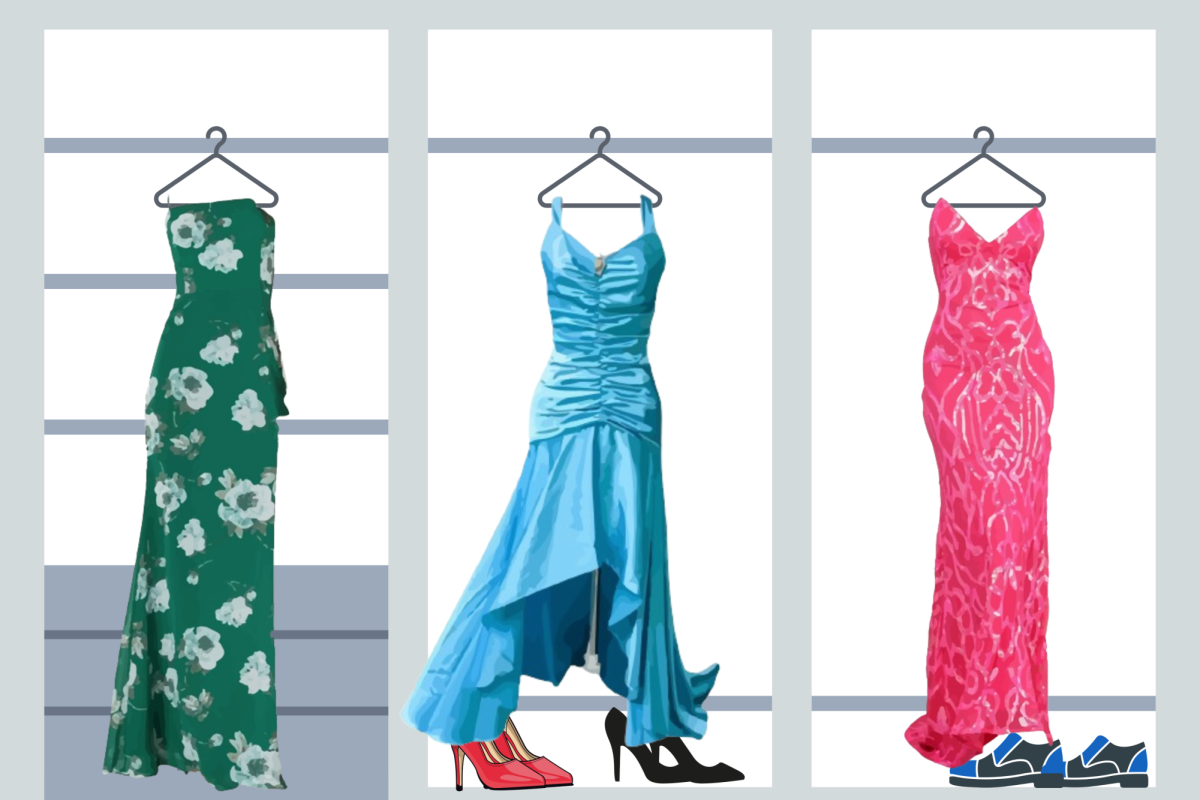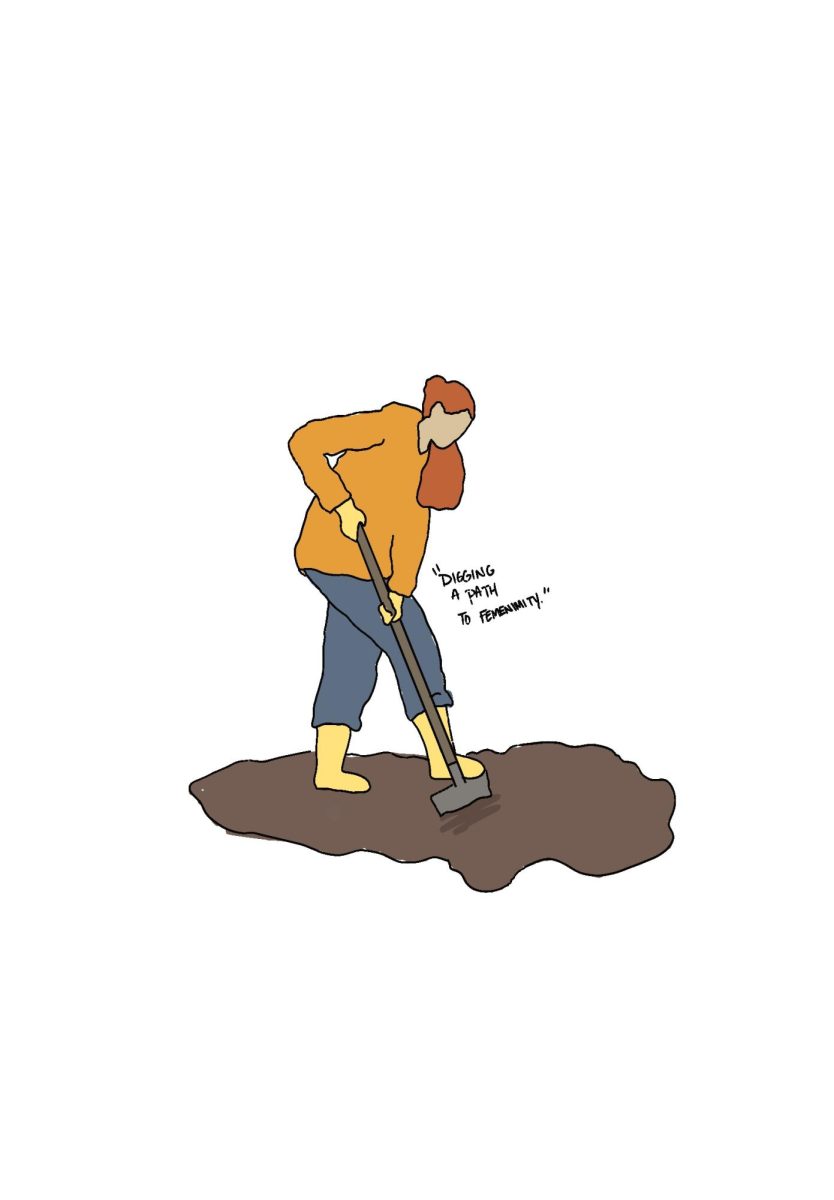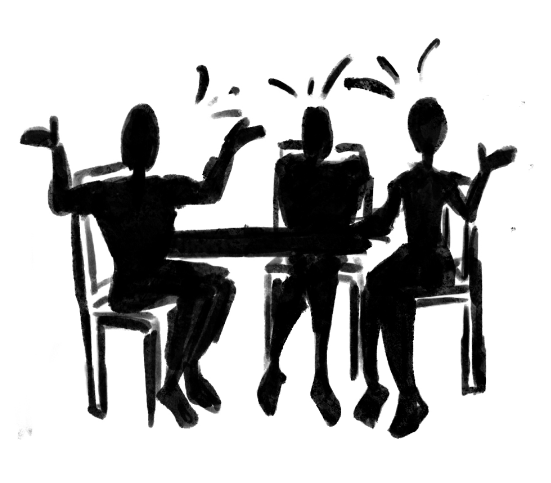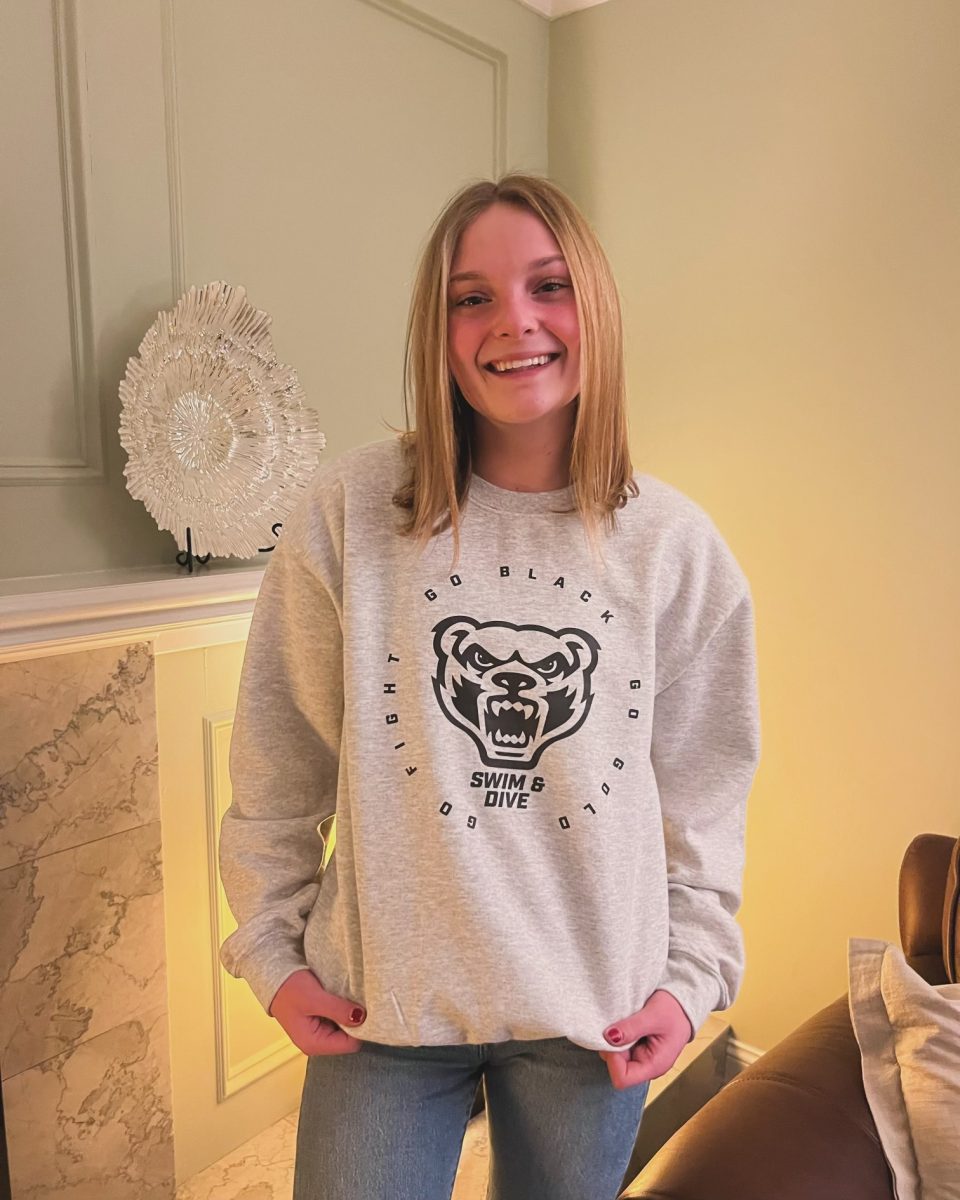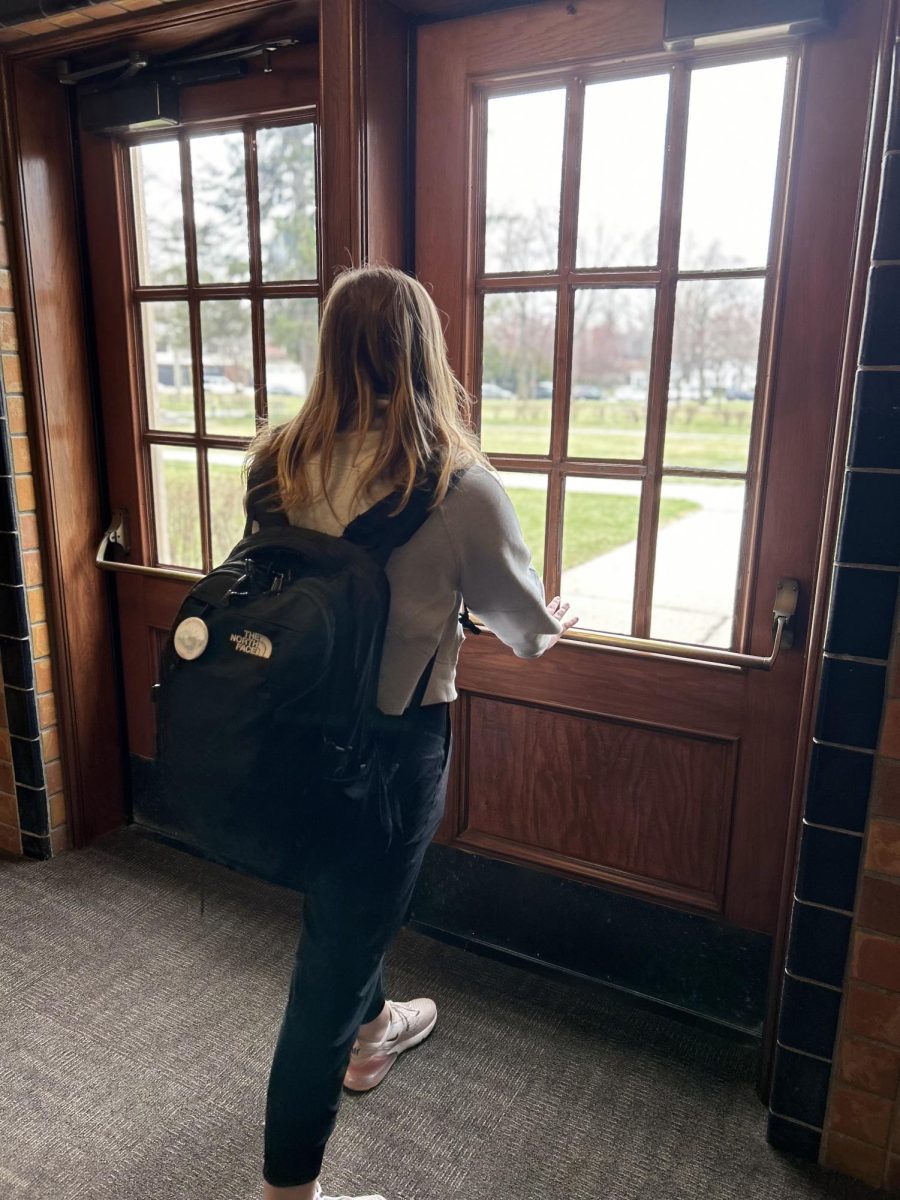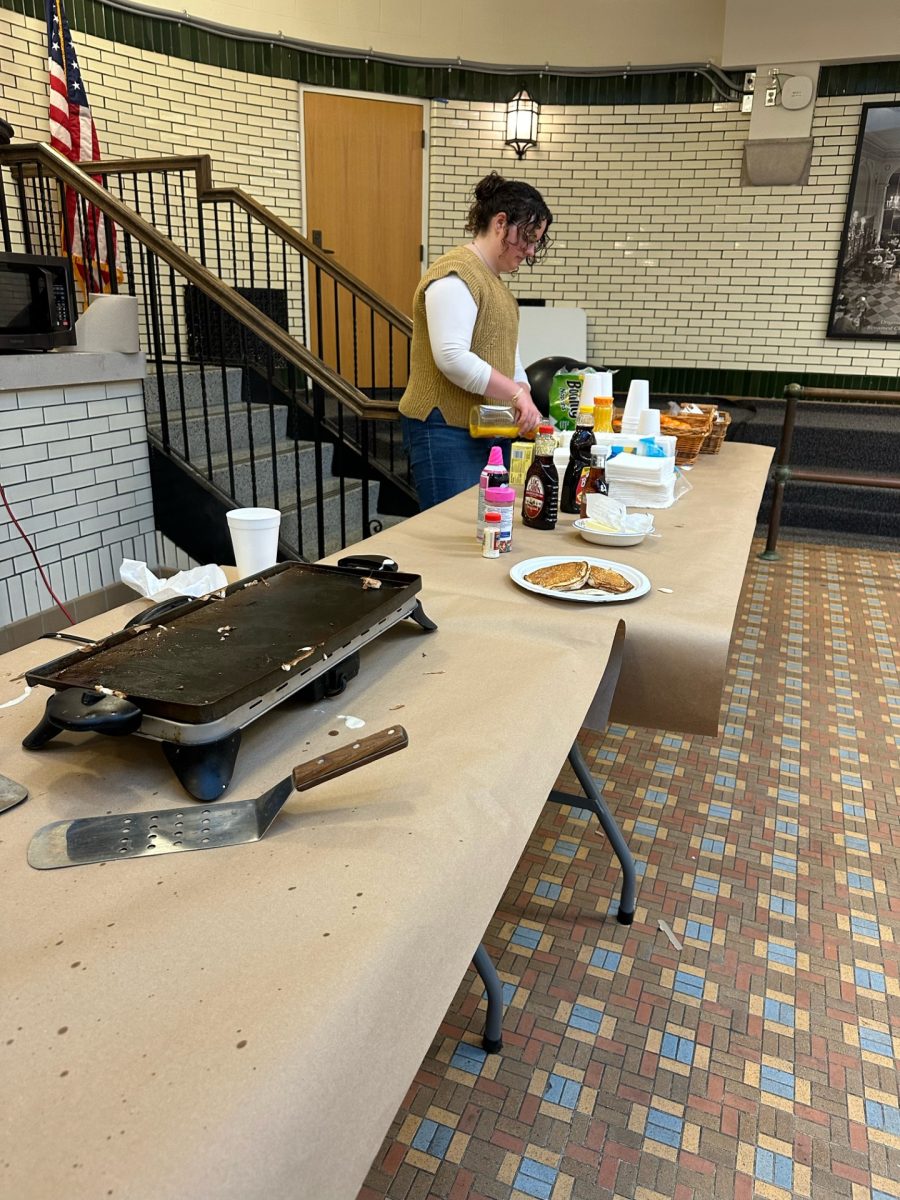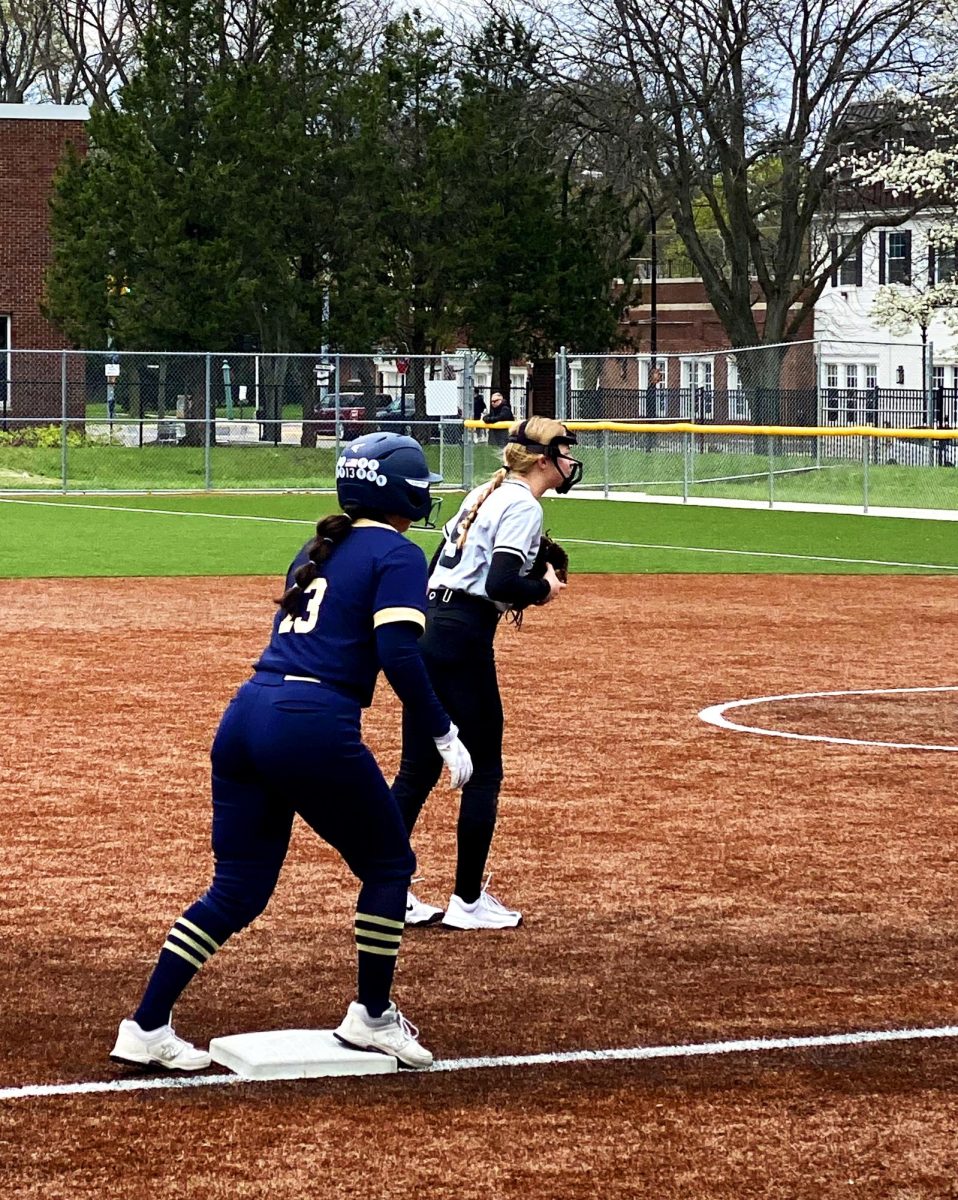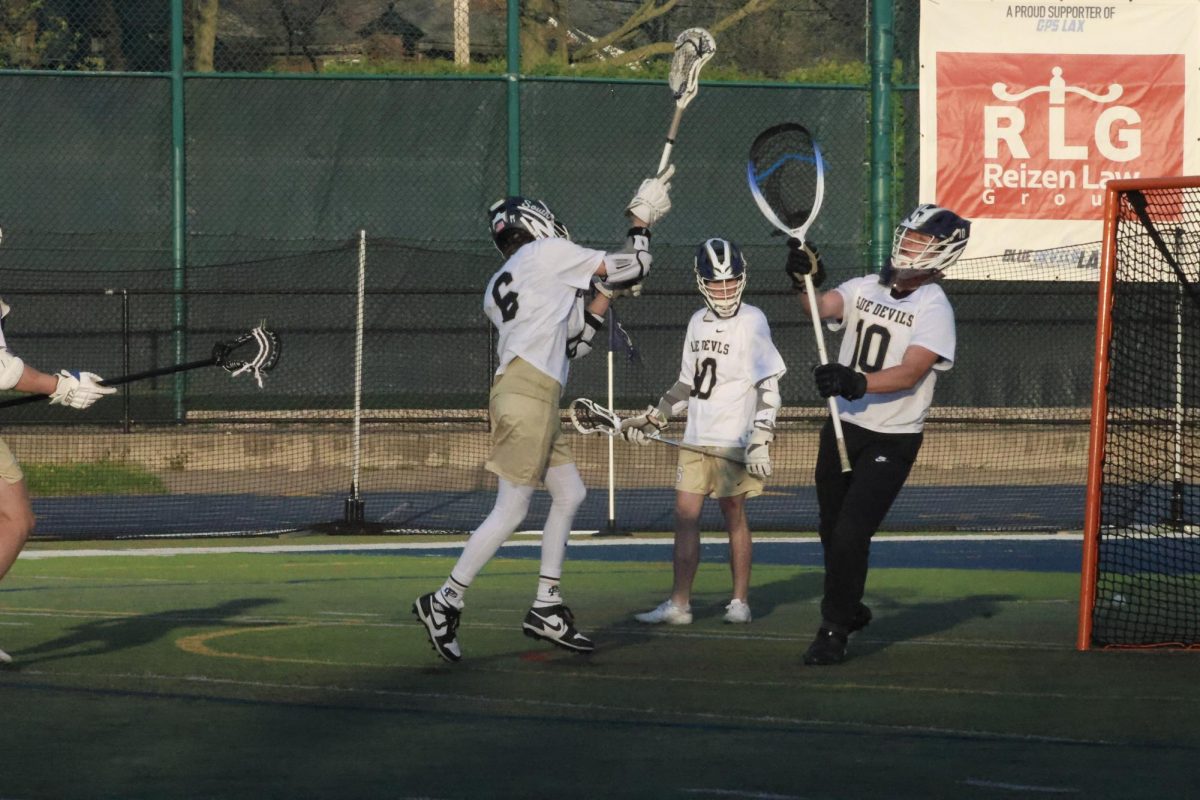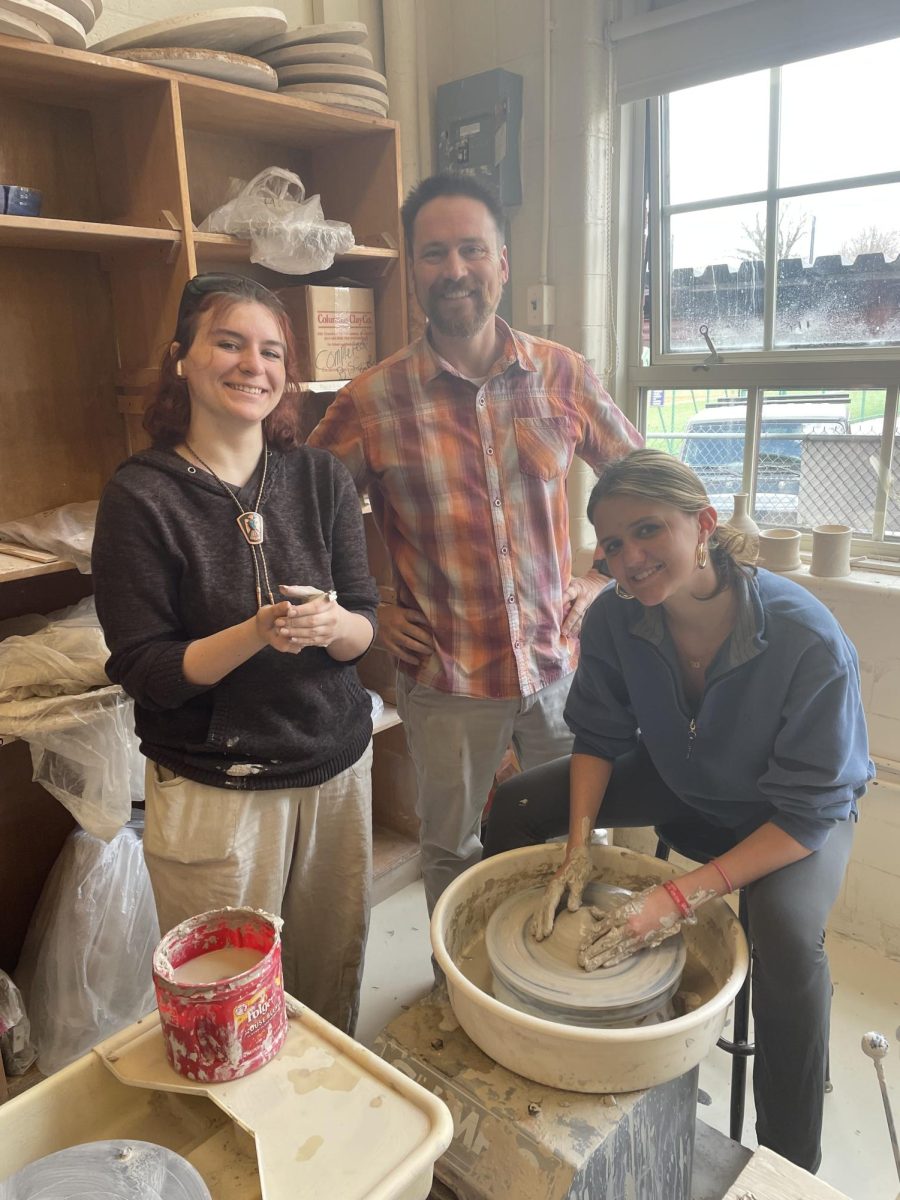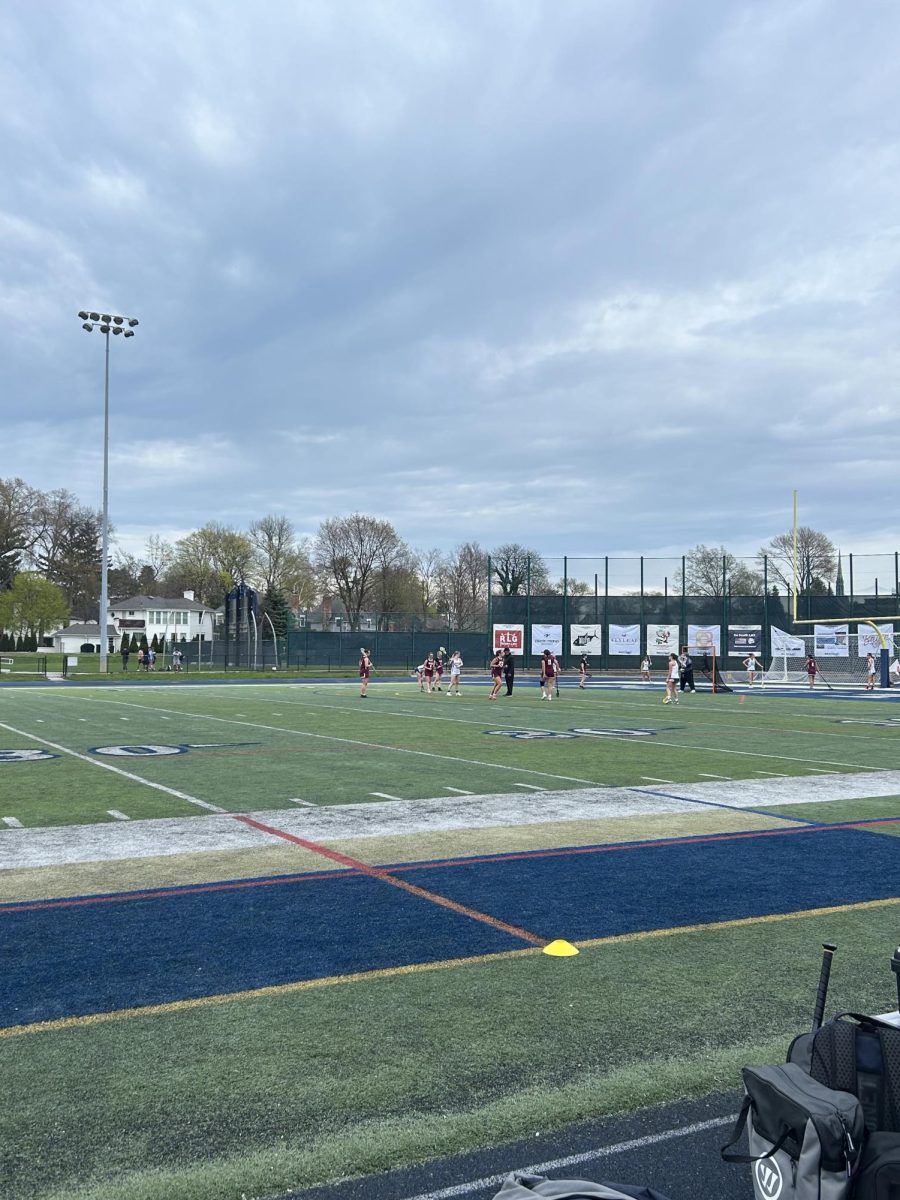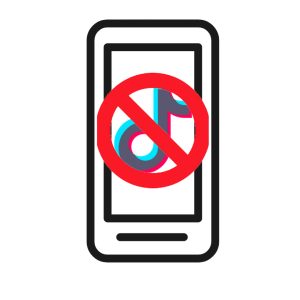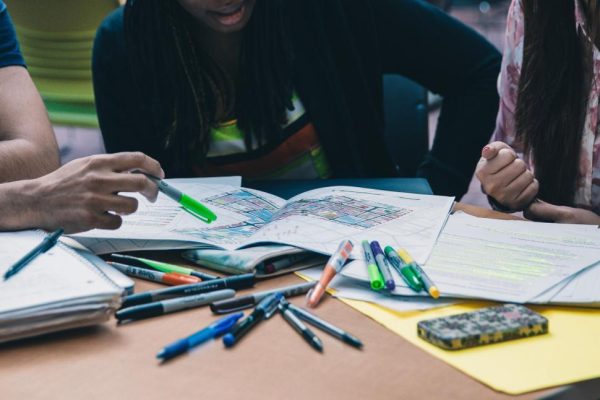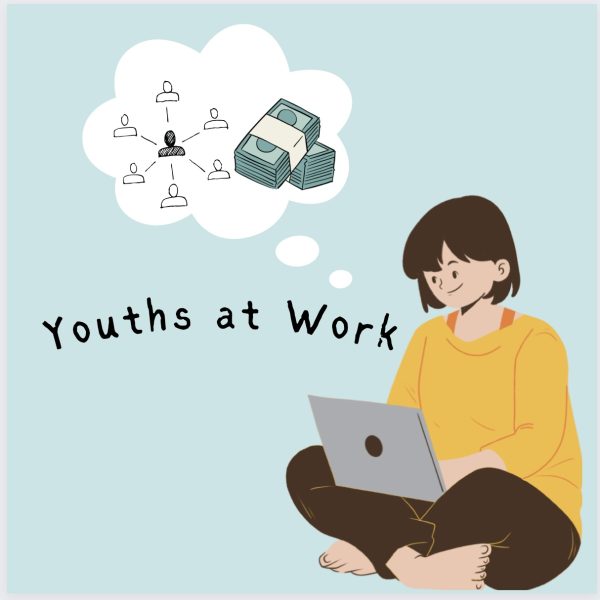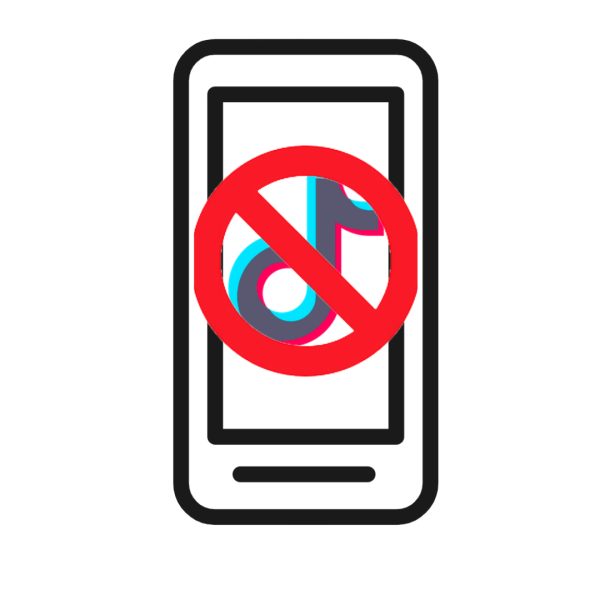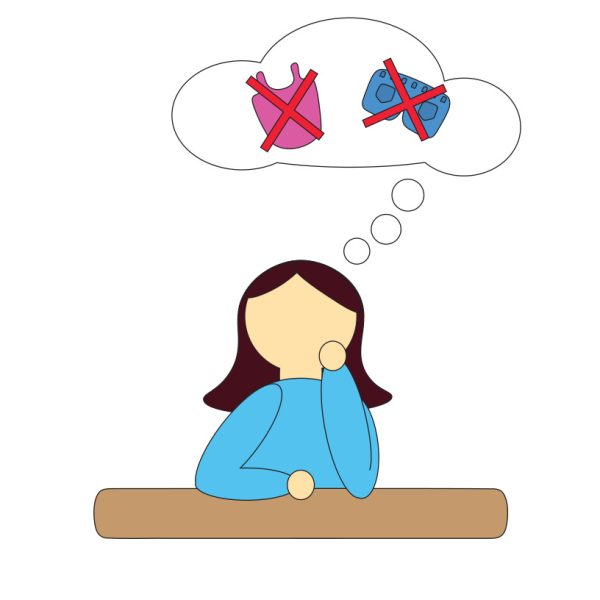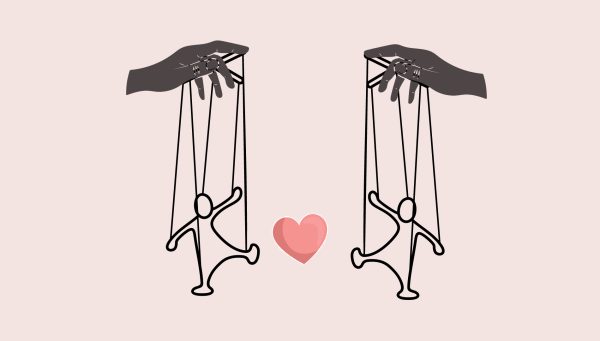This Halloween, let’s be mindful about cultural appropriation
October 30, 2016
There is a thin dividing line between cultural appropriation and appreciation. Often, this line is blurred by media and those who do not believe in said appropriation, but there must be a time where the distinction is made clear.
Perhaps I shouldn’t be speaking on this, considering I’m a white girl who has lived in Grosse Pointe for the majority of my life. But after years upon years of seeing the same costumes being used for Halloween, and with the holiday coming up, I want to make something clear.
It’s not OK to assume that you can dress up as another culture. That’s cultural appropriation. And that’s wrong.
Cultural appropriation is the use of another ethnic or religious group’s components of life while not understanding the significance of the exemplified object. This borrowing of elements is commonly seen as controversial due to the way it strips the items being appropriated of their ethnic worth, and how it oppresses the minority group from which the culture is being adopted.
Cultural appropriation can be found in the roots of our characters.
Dressing in a poncho and sombrero for Halloween.
Wearing an Indian headdress in kindergarten at the annual Thanksgiving Play.
Styling cornrows or dreadlocks into one’s hair (specifically, non-ethnic hair).
While we may not realize it, these instances exhibit a type of ignorance that is difficult to come to terms with because we first must recognize that this strips the item being appropriated of its meaning.
But then again, I may never be able to understand these racial issues. I am white. I can’t fully understand what another race feels in terms of cultural appropriation because it hasn’t impacted me personally. My culture has not been appropriated.
It is equally as important to understand that racism amongst white people is not a two-way street, nor is cultural appropriation. To be appropriated or have racism affect one, one must be a marginalized group, which white people are not. Of course, not all white people are to be critiqued for this, because the actions of few should not outspeak the actions of many. But after spending centuries condemning the culture of people, people other than those who have been oppressed do not have a right to reclaim that culture in the name of being hip or trendy.
I do know that understanding the divide between appropriation and appreciation is what can assist people in becoming more educated and respectful of others, however. We seldom realize the actions we perform may be considered offensive in the views of others but becoming familiar with what is okay and what isn’t can help to heal any wounds that could have been prevented.
With Halloween fast approaching, I urge readers to become familiar with what could come across as offensive or what contains negative connotations regarding a particular group of people. Cultures are not an acceptable costume–rather, they are offensive and demonstrate a lack of will to learn about another group of people, as well as perpetuate stereotypes.
Because Grosse Pointe Farms’s population is 95.4 percent white, according to the 2010 census, we have to be careful regarding the boundaries of what is appropriation or appreciation. Of course, I recognize that the majority of people reading this will be white. That may be to our advantage, though, because we are the people who need to learn more about appropriation. Western culture often invites and, on several occasions, demands assimilation, or the act of conforming to a specific society. This goes back to the very start of our nation.
Our history is filled with mass genocide of the Native American race, and because that was deemed as acceptable, many instances of “lesser” cultural appropriation have slipped unnoticed. Because our culture was forced onto them, not every culture has chosen to open itself up to being adopted by outsiders in the same way.
Appreciation of other cultures, however, is a positive attribute that many can benefit from. It can lead to a bridge between cultures and educate us further about other groups of people. It isn’t wrong to enjoy Chinese food or to listen to music from other parts of the world. We can all become better people by listening to others and regarding them with the same respect we would treat anyone else with. What is wrong, however, is claiming other cultures’ things as your own while condemning other people for having them.
We must continue to learn about what is respectful or disrespectful in order to grow as students and a community. We should join together to learn about each other, especially people outside our race. Cultural appropriation is not a matter of being too sensitive–it is a matter of the respect we give to people other than ourselves.

